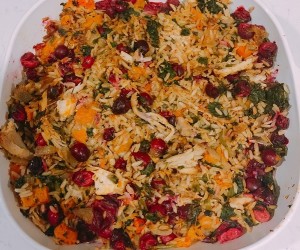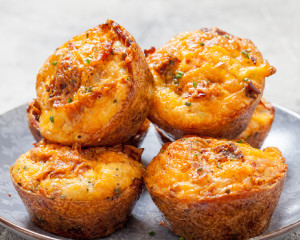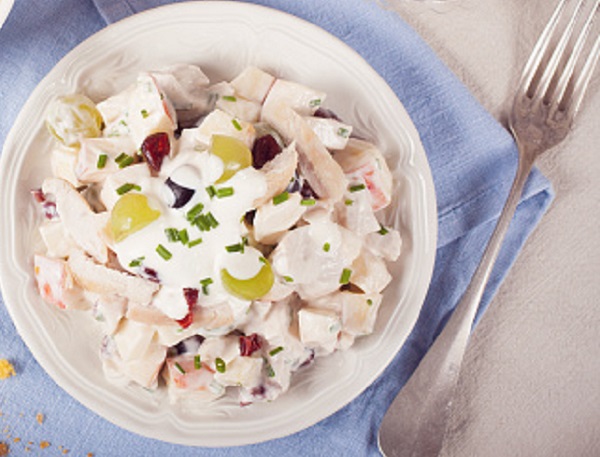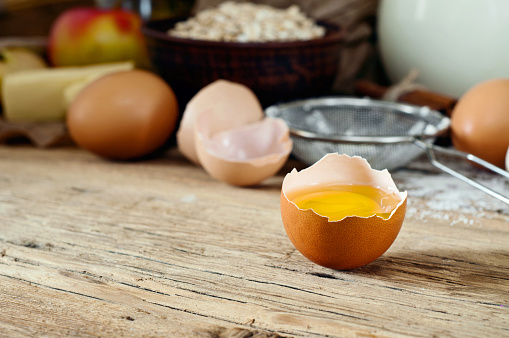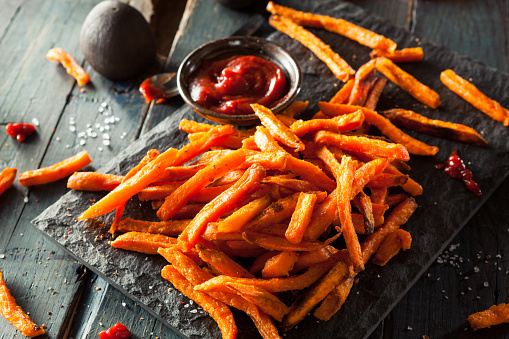Keto Diet: Not An Ideal Diet For Good Health

Keto diet is all the rage right now. The internet is flooded with images of young women flaunting their smooth skin/slender figure and attributing it to a keto diet. These heavily touted posts would make any sceptic believe that keto diet is the best thing that happened to the earth.
But sadly it’s not. Keto diet has numerous side effects and unfortunately, many would not talk about it.
Before we explain the side effects, what is keto diet?
A Keto diet plan is a popular type of low carbohydrate diet. It basically focuses on restricting the carb intake so that the body enters a phase called “Ketosis”.
It is a natural phenomenon that puts the body into a survival mode due to the low intake of carbohydrates. Well, healthy living can be achieved only by eating wholesome foods. A diet that focuses on mere survival itself makes keto diet inconsistent.
Usually, the most readily available energy source in our body comes from glucose, which is produced in the body when you eat carbohydrate-rich foods. Once you limit the carb intake, the body turns to other energy sources like fat that are otherwise stored in the body.

That is how the fat in the body is broken down into ketone bodies and used to release energy. While the keto diet can bring quick results in weight loss, it isn’t an ideal healthy diet.[1]
Here we bring you five reasons why the keto diet is anything but healthy!
1. The weight may bounce back
No doubt that a keto diet gives quick results in weight loss but once you resume your normal diet, you will gain the lost weight quickly.
A low carb diet results in loss of muscle tissue and causes the body to lose water. This muscle tissue loss may jeopardize weight management once a normal diet is taken up.
Moreover, it becomes very difficult for the body to again maintain high or moderate carbs intake while resuming to a normal diet. This makes a keto diet inconsistent.
2. Keto diet ignores an entire food group
In order to function properly, our body requires a well-balanced diet that includes all the food groups.
So if you think practically, limiting an entire food group of carbohydrates will devoid your body of different essential metabolites with fluctuated body’s functioning.
Many carbohydrates are good carbohydrates. They are the complex carbs, which are, for example, found to be very beneficial for people suffering from diabetes.
Complex carbohydrates found in whole grains and millets keep the stomach sated for a longer period of time and help control food intake. This helps to shed those extra kilos in a more sustainable and doable manner.
3. Keto diet may lead to hypoglycemia
Keto diet may lead to a brief encounter of hypoglycemia at the beginning of the diet regime. This is due to the fact that our body is customised to run on sugar and carbohydrates for energy.
Cutting down this source of energy and rapidly changing to fats for energy will affect the body and naturally, the body will take time to adapt to this new diet.
When the body burns fats for energy, the body might go under hypoglycemia. This is very dangerous for your health in the long run
Similarly, people who have diabetes and are insulin-dependent should never opt for a keto diet since they are more susceptible to hypoglycemia. [2]
4. Keto Diet isn’t that easy to sustain
It is already established that a low carb diet is pretty difficult to sustain. This is because; you cannot maintain this diet on a daily basis. Once you resume a normal diet after a keto diet, your body will put on weight again.
Similarly, a keto diet may also result in nutritional deficiencies in the long run. Therefore, it is not feasible to adopt a keto diet for weight loss.
5. Side effects of Keto diet
Fad diets have their own side effects and the keto diet is no different.

One of the temporary side effects of the keto diet is that it can lead to fatigue. When the body is deprived of carbohydrates as its energy source, it loses glucose – the primary source of energy.
This may put the body into a confusion mode that may lead to fatigue in many people. In addition, the keto diet may also lead to kidney issues & bone health issues.
The side effects of keto diet seem to exceed the benefits. Though it works well for weight loss and cholesterol reduction initially, it is not sustainable in the long run.
Keto diet causes fatigue and hypoglycemia which makes it a poor diet for diabetic patients in the long run.
The other side effects of the keto diet are an irregular menstrual cycle in women, decrease in bone density, bad breath, constipation and issues with sleep.
It is worth mentioning that other side effects could not be determined because studies could not track keto dieters who followed the diet on a long term basis. This tells that a keto diet is unsustainable.
Here’s is what we at Trueight advise –
Instead of neglecting the entire food group – carbohydrates or low- carb, you can go for their moderate consumption. The complex carbohydrates that are found in whole grains are in fact, beneficial for the body.
Moreover, carbohydrates are found to be required for the complete breaking down of fat. So, it is very important to eat a well-balanced diet that includes all the food groups.
No diet is beneficial if it compromises your health. So don’t just try to lose weight. Try to lose weight healthily, instead.
FAQ’s
Q: Is keto diet good for health?
A: No, keto diet is not good for health.
Q: Why keto diet is unhealthy?
A: Keto diet is unhealthy because it has numerous side effects and cannot be followed in the long run.
Q: Is keto diet good for weight loss?
A: Keto diet works for weight loss but is not good for weight loss. When you resume normal diet, you will gain the lost weight.
Q: Why keto diet is bad
A: Keto diet is bad because it ignores an important food group – carbohydrates. Carbs are the primary source of energy and without it, the body will develop weakness.
Subscribe to Truweight Blogs Today! Receive the Latest Health Articles via Email!
The post Keto Diet: Not An Ideal Diet For Good Health appeared first on Truweight Blog.
from Truweight Blog https://ift.tt/33AlAQk

 Dr. Fung explains this in the FAQ section of the Members area. Check this out and many more videos from Dr. Fung and Megan Ramos
Dr. Fung explains this in the FAQ section of the Members area. Check this out and many more videos from Dr. Fung and Megan Ramos It’s time to own your decisions, says coach Terri Lance
It’s time to own your decisions, says coach Terri Lance If this resonates with you, ‘decide’ what you are going to do rather than ‘trying’ to do it. And, when you repeat your plans with yourself and others, own the decision from a place of certainty versus tentativeness.
If this resonates with you, ‘decide’ what you are going to do rather than ‘trying’ to do it. And, when you repeat your plans with yourself and others, own the decision from a place of certainty versus tentativeness.  Try these Honey Garlic Chicken Wings next game night
Try these Honey Garlic Chicken Wings next game night Are you getting the nutrients you need to succeed?
Are you getting the nutrients you need to succeed?
 Dr. Fung’s new cookbook is less than a month away
Dr. Fung’s new cookbook is less than a month away